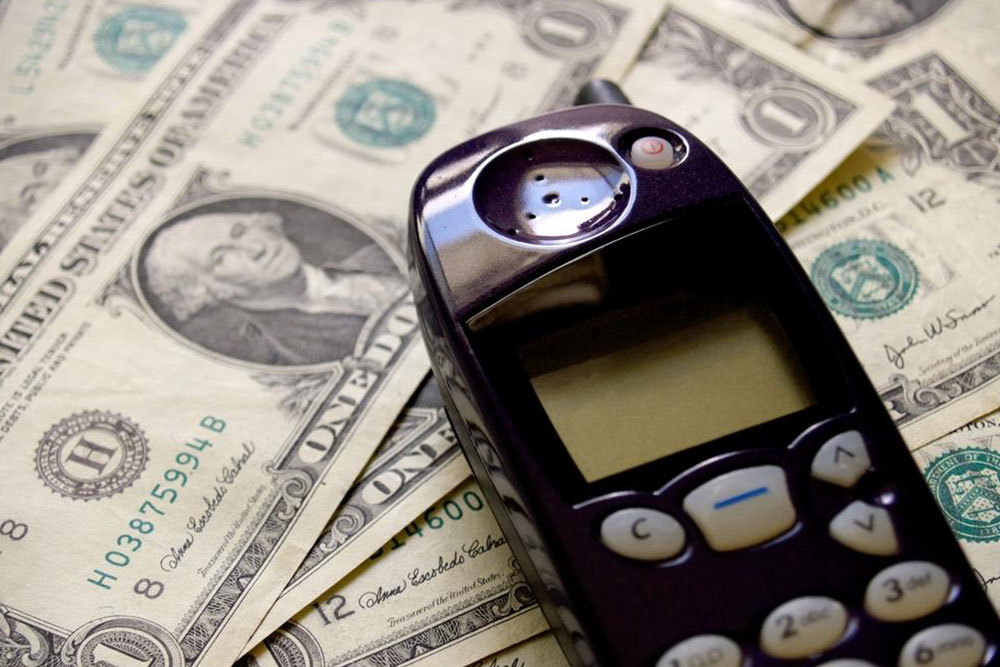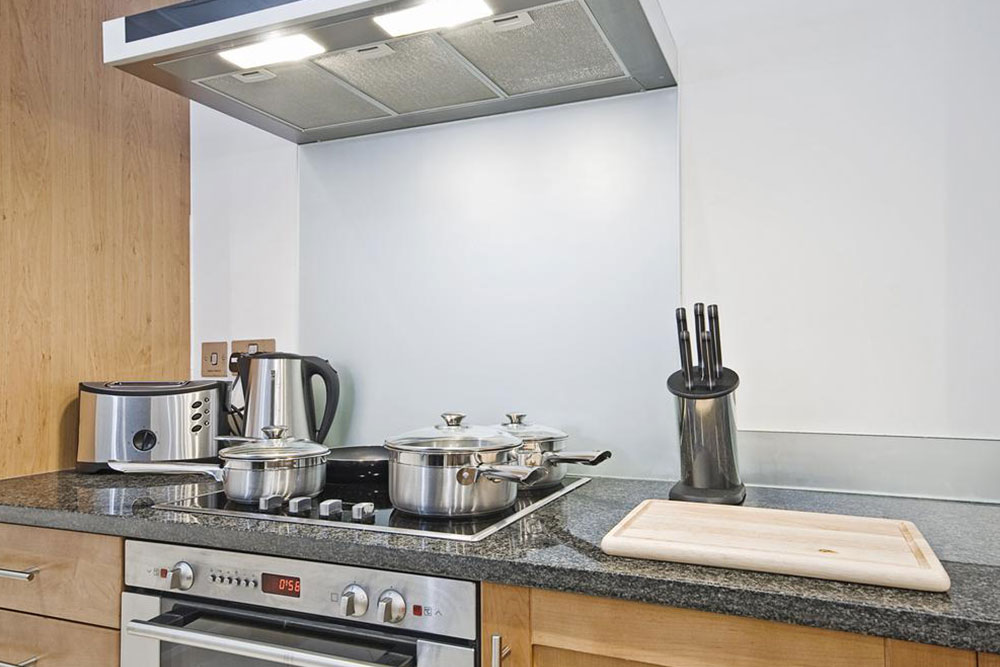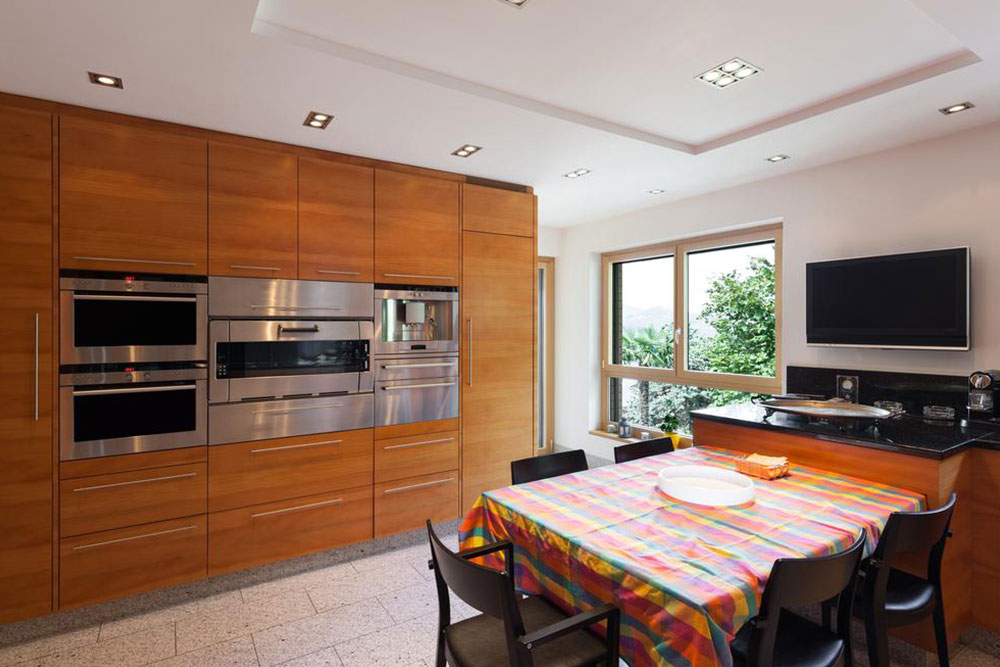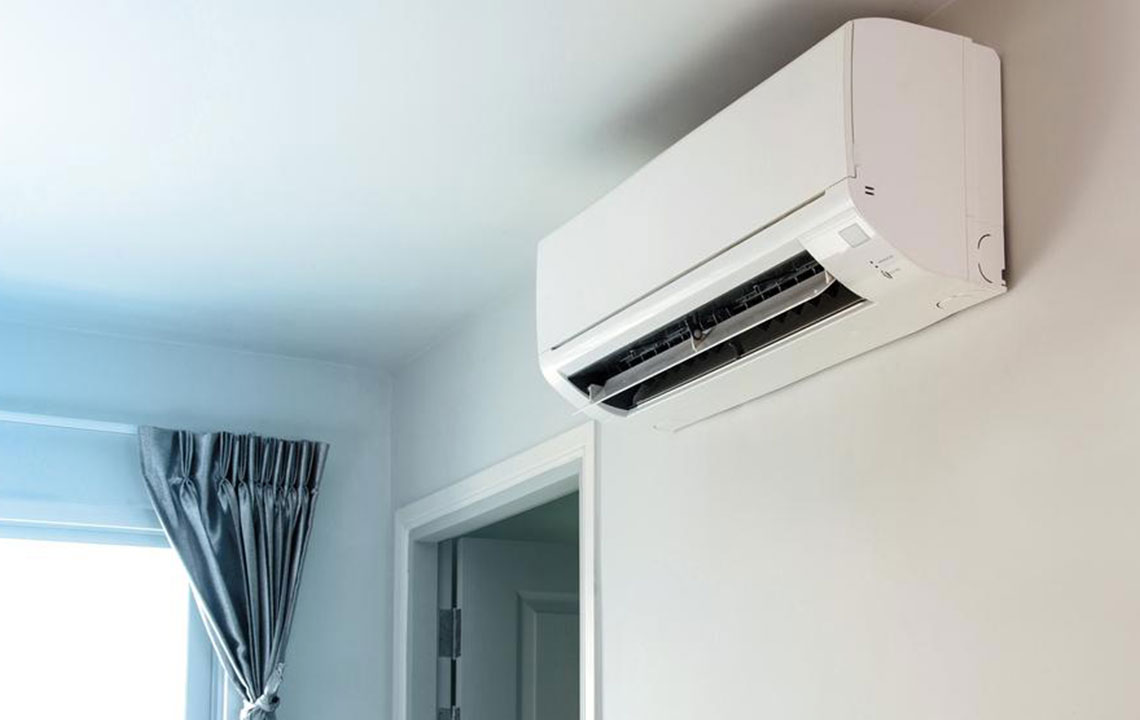Smart Strategies to Minimize Communication Costs in Urban Environments
Discover effective strategies for urban residents to reduce communication costs and manage daily expenses efficiently. This guide covers government assistance programs, energy-saving tips, home gardening ideas, and public transportation options to help lower living costs without sacrificing connectivity or quality of life.

Effective Methods to Cut Down Communication Expenses in City Life
Living in a bustling city often provides numerous opportunities and amenities, but it also comes with its own set of financial challenges. One of the most significant ongoing expenses for urban residents is communication services—mobile phones, internet, and related technologies. As reliance on digital connectivity increases, so does the cost associated with maintaining these services. For many city dwellers, managing these expenses while balancing other living costs becomes a crucial issue. Fortunately, there are numerous strategies and programs designed to help residents reduce their communication expenses without sacrificing connectivity.
One of the most practical and accessible solutions is to take advantage of government subsidized mobile assistance programs. These initiatives are specifically created to support low-income individuals and families, providing free or highly discounted mobile services. Through these programs, eligible participants can significantly lower their monthly call, text, and data expenses, making mobility and connectivity more affordable. Eligibility criteria often include income thresholds, participation in social welfare programs, or specific tax qualifications, ensuring that help reaches those who need it most.
In addition to leveraging government assistance, urban residents can optimize their personal technology choices to reduce ongoing costs. Switching to energy-efficient electronic devices such as LED lighting, energy-saving refrigerators, and smart appliances can substantially cut electricity bills over time. These savings, although not directly related to communication expenses, contribute to a broader strategy of managing overall living costs.
Growing your own food is another cost-effective method—setting up a kitchen or balcony garden allows city dwellers to cultivate fresh vegetables, herbs, and small fruits, which cuts down on grocery expenses and promotes healthier eating habits. This practice not only saves money but also enhances quality of life by reconnecting residents with nature amid the urban landscape.
Transportation costs constitute a large portion of the urban budget. Instead of relying on personal vehicles, utilizing public transit options such as buses, subways, and trains can greatly reduce expenses and logistical stress. Public transport is often faster and more convenient during peak hours, and it minimizes maintenance costs, parking fees, and fuel consumption. These measures collectively help free up funds for other essentials or savings.
By implementing these comprehensive strategies—taking advantage of government programs, adopting energy-efficient technology, cultivating a home garden, and choosing public transportation—urban residents can effectively manage and lower their communication and related living costs. Staying connected does not have to break the bank, especially with the right knowledge and resourcefulness.





